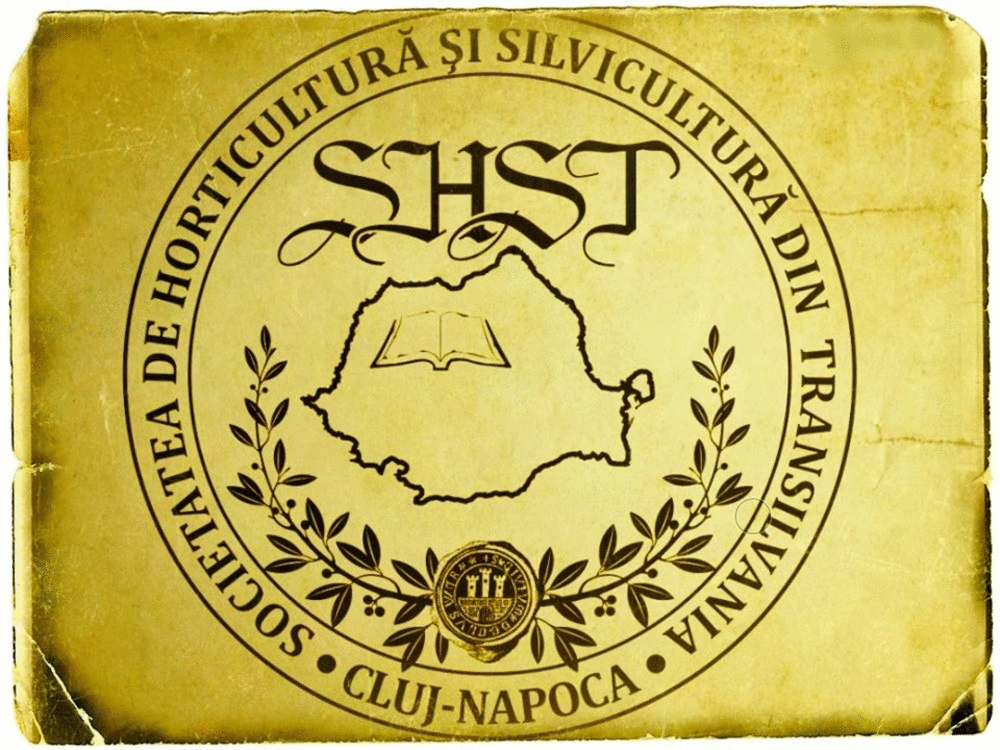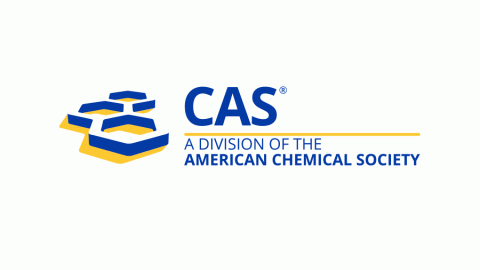Effect of Varying Amounts of Biological Phosphorus on the Morphological Characteristics, Yield and Yield Components of Brassica napus L. under End Season Water Deficit
DOI:
https://doi.org/10.15835/nsb539043Keywords:
Brassica napus; irrigation; phosphorus; morphological characteristics; yield componentsAbstract
To evaluate the effect of irrigation (irrigation disruption at beginning of flowering, end of flowering, grain filling and control) and biological phosphorus (0, 50, 100 and 150 g/ha) on the yield of Brassica napus L. cv. ‘Hyola 401’, a split plot experiment was carried out based on randomized complete block design with four replications in 2010. The maximum (4.55 g) and minimum (3.25 g) 1000 seed weight belonged to irrigation disruption at the beginning of flowering with 150 and 50 g/ha of biological phosphorus application, respectively. The highest yield of seed (777.58 kg/ha) was obtained from irrigation disruption at the end of flowering with 50 g/ha biological phosphorus, and the lowest yield of seed (120.87 kg/ha) was obtained from irrigation disruption at the beginning of flowering without biological phosphorus. The maximum number of complete pods (17.38) was observed in 150 g/ha of biological phosphorus application by normal irrigation, and the lowest number of complete pods (5.49) belonged to no phosphorus application with irrigation disruption at the beginning of flowering stage. The highest percent of infertile pods (55.29%) was obtained from no phosphorus application with irrigation disruption at the beginning of flowering. And the lowest infertile pod percent (20.67%) belonged to 150 g/ha biological phosphorus application at normal irrigation.
Metrics
Downloads
Published
How to Cite
Issue
Section
License
Papers published in Notulae Scientia Biologicae are Open-Access, distributed under the terms and conditions of the Creative Commons Attribution License.
© Articles by the authors; licensee SMTCT, Cluj-Napoca, Romania. The journal allows the author(s) to hold the copyright/to retain publishing rights without restriction.
License:
Open Access Journal - the journal offers free, immediate, and unrestricted access to peer-reviewed research and scholarly work, due SMTCT supports to increase the visibility, accessibility and reputation of the researchers, regardless of geography and their budgets. Users are allowed to read, download, copy, distribute, print, search, or link to the full texts of the articles, or use them for any other lawful purpose, without asking prior permission from the publisher or the author.













.png)















